Saving Land. For Everyone. Forever.
The Santa Fe Conservation Trust land conservation staff is available to help you make long-term plans for your property. There are several techniques available, all of which can be tailored to fit your unique circumstances. Your choice of which technique to pursue depends upon your goals for the property, the natural characteristics of the land, and your financial objectives, including income and estate tax planning. A landowner should seek professional legal and tax advice when considering conserving their property either through a conservation easement or fee title donation.
CONSERVATION EASEMENTS
View our complete Landowner Guide to Conservation Easements HERE.
The most traditional tool for conserving private land, a “conservation easement” is a legal agreement between a landowner and the Santa Fe Conservation Trust that permanently limits the uses of a property in order to protect its conservation values. Conservation easements allow landowners to continue to own and use their land, and sell the property or pass it on to family. The agreement is flexible and tailored to protect the land’s conservation values and meet the financial and personal needs of the landowner. A conservation easement may apply to all or a portion of the property, and need not require public access. For example, property owners can give up the right to build additional structures while retaining the right to grow crops or graze cattle.
Future owners are bound by the terms of the conservation easement and the Santa Fe Conservation Trust takes on the responsibility and legal right to enforce it. If a future owner or someone else violates the conservation easement the Santa Fe Conservation Trust will work to have the violation corrected. The Santa Fe Conservation Trust is also responsible for making sure the conservation easement’s terms are followed, for example ensuring the ongoing health of a wetland. This is managed through land “stewardship” by the Santa Fe Conservation Trust.
Conservation easements ride with the property, not the landowner. A landowner who places a conservation easement on their property still retains ownership and may sell, mortgage, or bequeath their land as usual. However, because it retires certain development rights, a conservation easement often significantly reduces a land’s potential monetary value. This figure, as determined by a special appraisal, is considered a charitable gift by both the federal and state government, qualifying the landowner for a federal tax deduction, and—since 2008—a transferable (saleable) NM state tax credit. Internal Revenue Code (IRC) § 170(h) states that a qualified conservation contribution is a contribution of a qualified real property interest (i.e., a conservation easement) to a qualified organization exclusively for conservation purposes.
What are conservation purposes?
- Preservation of land for outdoor recreation by, or the education of, the general public.
- Protection of a relatively natural habitat of fish, wildlife, or plants, or similar ecosystem.
- Preservation of open space (including farmland and forest land) either for the scenic enjoyment of the general public or pursuant to a clearly delineated governmental conservation policy (both purposes must yield a significant public benefit), or
- Preservation of a historically important land area or a certified historic structure
Identification of Conservation Purpose
Each conservation purpose must be identified in the deed of conservation easement and further described in a Baseline Documentation Report. The Baseline Documentation Report is produced based on site visits, interviews with those familiar with the property, and research. In addition to describing the conservation values, the document outlines the current conditions on the property at the time the conservation easement is deeded. This includes landscape condition and all natural and human-made features as they relate to the terms of the conservation easement.
Landowners’ Needs and Rights
The landowner’s current uses and future plans for the property are important considerations when embarking on a conservation easement agreement. Once identified these needs can then be discussed and incorporated into the terms of the conservation easement. The Santa Fe Conservation Trust recognizes that the viability of conservation relies heavily upon the landowner’s ability to secure reasonable and sustainable use of their real-estate investments. This use may include the continued working of the land, the right to develop home sites as well as the right to enjoy the recreational and aesthetic opportunities that open space affords.
What is the Federal Tax Deduction?
The value of an easement may be deducted from Federal income taxes as a charitable gift. A conservation easement donor may deduct the full value of the conservation easement up to 50% of adjusted gross income (qualified farmers may be able to deduct up to 100% of AGI). Donors may carry this deduction forward up to 15 years until the value of the charitable gift is spent in tax savings.
Who qualifies as a farmer or rancher?
The 2015 law defines a farmer or rancher as someone who receives more than 50% of his or her gross income from “the trade or business of farming.” The law references IRC 2032A(e)(5) to define activities that count as farming, including:
- Cultivating the soil or raising or harvesting any agricultural or horticultural commodity (including the raising, shearing, feeding, caring for, training and management of animals) on a farm;
- Handling, drying, packing, grading or storing on a farm any agricultural or horticultural commodity in its unmanufactured state, but only if the owner, tenant or operator of the farm regularly produces more than one-half of the commodity so treated; and
- The planting, cultivating, caring for or cutting of trees, or the preparation (other than milling) of trees for market.
For an easement to qualify for a farmer or rancher, it must contain a restriction requiring that the land remain “available for agriculture.” This provision also applies to farmers who are organized as C corporations.
What is the New Mexico Land Conservation Tax Credit?
The New Mexico Land Conservation Tax Credit is a state tax credit designed to encourage the conservation of New Mexico’s private open lands. Landowners who donate fee title land or conservation easements may receive a tax credit of 50% of the property’s value, up to $250,000, that can be used as a dollar-for dollar write-off of state income taxes. The tax credit is also transferable, allowing sale of the tax credit to a third party for cash—an attractive option for landowners whose state tax bills are relatively low.
How much does it cost to donate a conservation easement?
The conservation easement process requires careful coordination, attention to detail, and the help of professional service providers. It does cost money to put an easement in place, but typically the tax benefits of an easement donation more than cover these costs. Landowner costs average about $75,000, but it varies. See our guide for a full breakdown and explanation of costs.
Are there programs to help with easement transaction costs?
Yes. Many landowners who would like to protect their land aren’t able to cover the transaction costs involved in completing a conservation easement. We think this shouldn’t be a barrier to conservation. Thanks to the help of generous donors, SFCT was able to launch a program in 2023 that helps landowners clear the hurdle that costs can pose. With our QuickStart Program, SFCT pays some or all of the upfront costs of the conservation easement, with a written agreement from the landowner that they will reimburse SFCT once they receive the proceeds from the sale of their state tax credit. It’s a bit like a no-interest loan and this revolving fund can help a limited number of landowners at a time. Once funds are paid back by one landowner, SFCT uses the money to help another landowner, accelerating the pace of conservation. If you’re interested in accessing this program, please get in touch with us and we can explore the possibilities.
SFCT also has a program called Total Transaction that outright covers transaction costs for exceptional conservation projects without repayment from the landowner. We are currently only able to complete one single project using this funding every few years, but we are striving to grow the capacity of this program with generous help from the community.
What are the public benefits of a conservation easement?
Public benefits of conservation easements:
- Protect water quality
- Conserve wildlife habitat
- Preserve open space
- Preserve working farmland, ranchland, timberland
- Maintain character of rural communities
- Buffer public lands
- Maintain landscapes for tourism
- Require less in public services, generate more in local revenues
- Stretch public conservation dollars
FEE TITLE LAND
When landowners donate property to the Santa Fe Conservation Trust, they are giving the property’s title and all of its rights and interest to the Santa Fe Conservation Trust. Like conservation easement donations, land donations can qualify as tax-deductible charitable donations if they benefit the public by permanently protecting important conservation resources and meet other federal tax code requirements. The Santa Fe Conservation Trust will consider the two following types of Fee Title land donations.
For an overview of the complete process of fee title land donations, click HERE.
Protected Lands
Trade Lands
What are the Federal Tax Benefits for donating Fee Title?
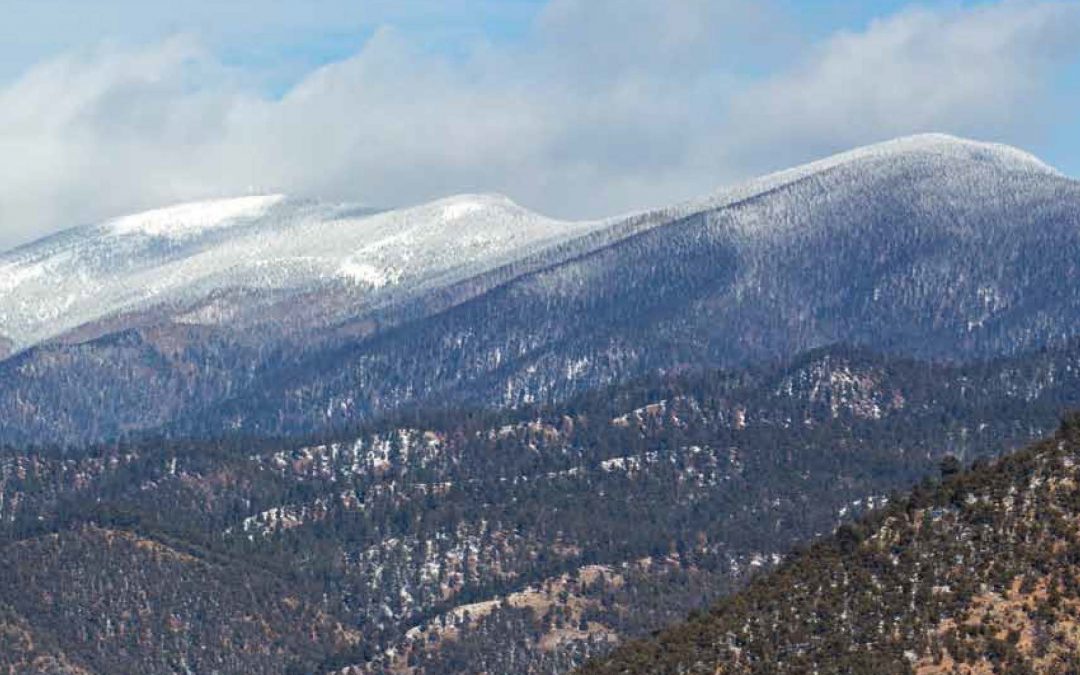
2020 Annual Report
SFCT's 2020 Annual Report / 2021 Newsletter is hot off the press! Inside, learn about climate change action and our part in it, updates on our mission programs, and much more. Click on the image or HERE to download the PDF.
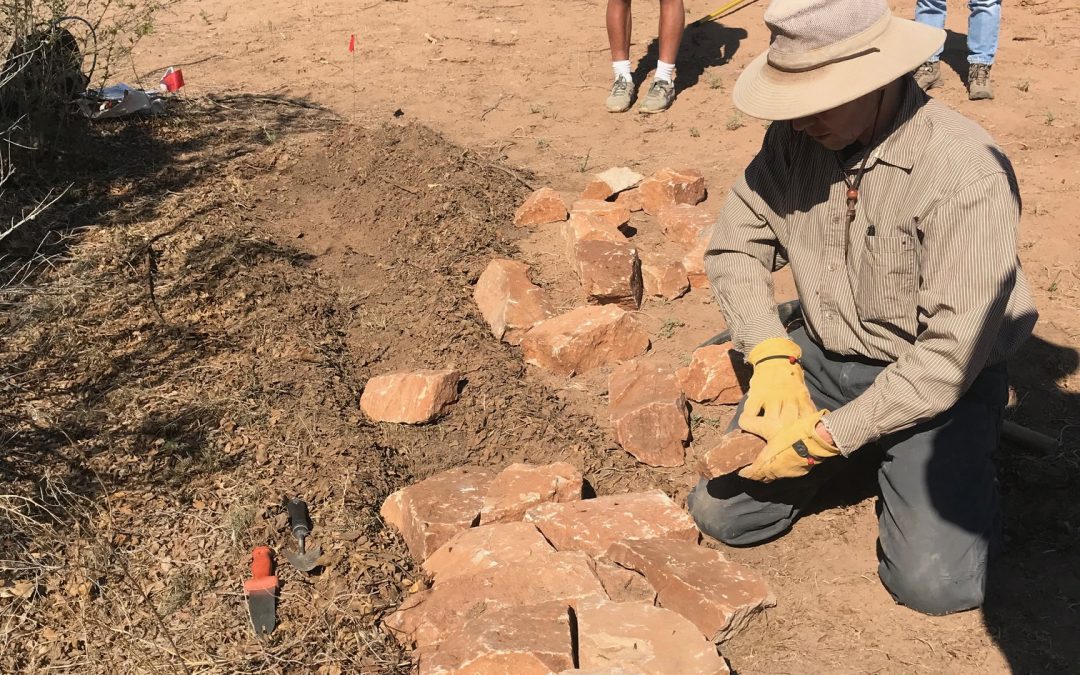
Come volunteer with us in the Galisteo Basin!
Please Volunteer!Galisteo Basin Erosion Control Work Dayson June 11 & 12, 18 & 19 Please sign up to learn erosion control techniques from a master, and to help SFCT employ these techniques to protect and restore a property in the Galisteo Basin – from 8 am to...
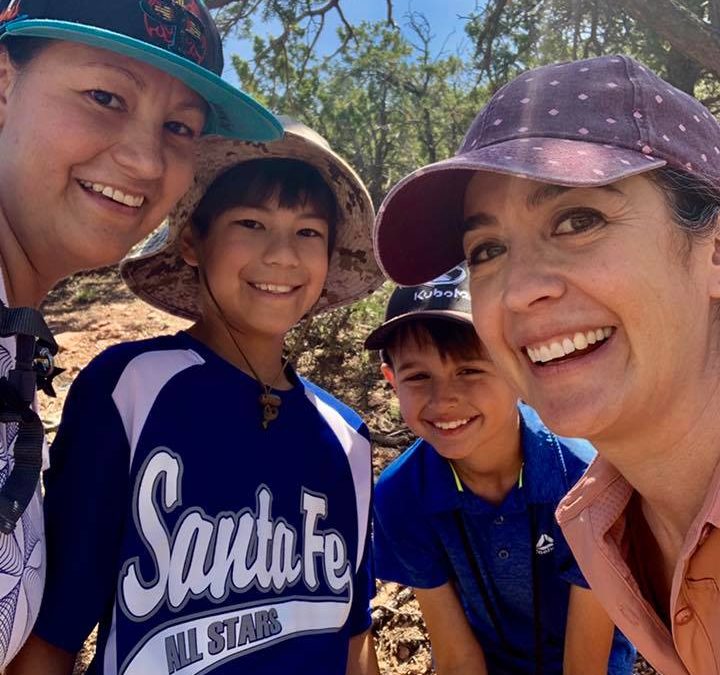
Take a Kid Hiking on June 5
As you can imagine, it was hard to plan and promote our programs this year because of the coronavirus. Should we promote the VAMONOS program, for example, or would we not be able to gather? Until we got more clarity, we did as much gorilla advertising as we could,...
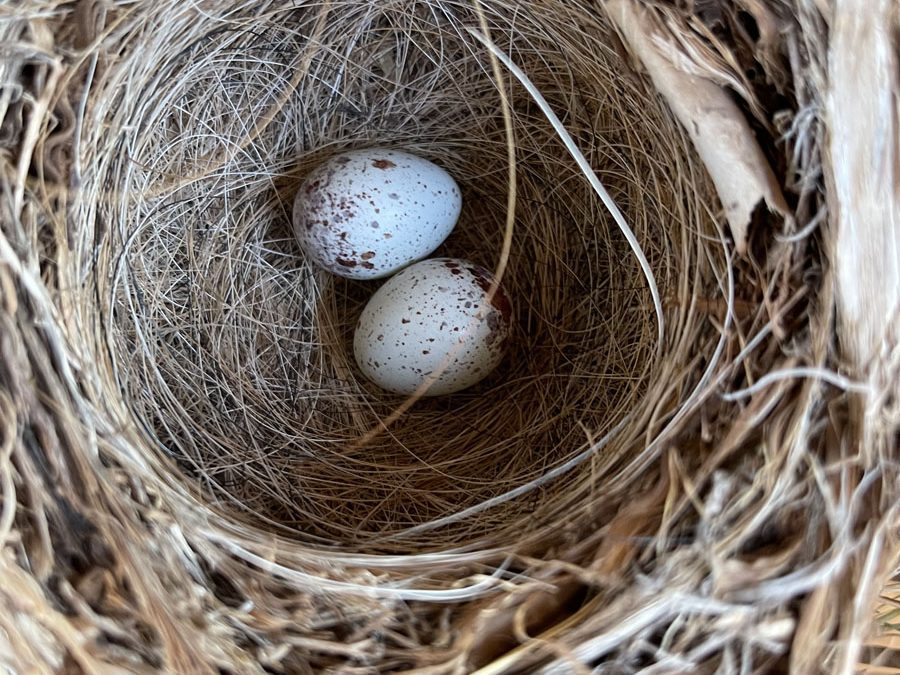
Bursting Out of the Pandemic!
Yesterday was a big day on the pandemic front with good news about masks for vaccinated people. Check out the CDCs new recommendations if you haven't seen them yet. Of course, the governor has to weigh in soon. Even though it is good news, I feel sort of like a rabbit...
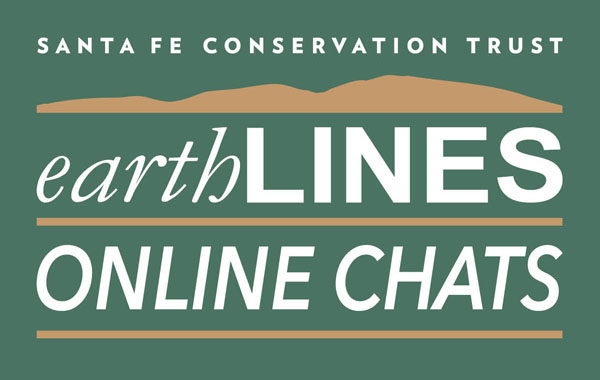
Join us for this free and informative chat
This Wednesday, March 31 at 6:30pm FREE EVENT!Join these two outspoken NM conservation advocates, activists, and change-makers as they discuss answers to the questions below and to your questions as well! Kevin is Executive Director of the Southwest Environmental...
